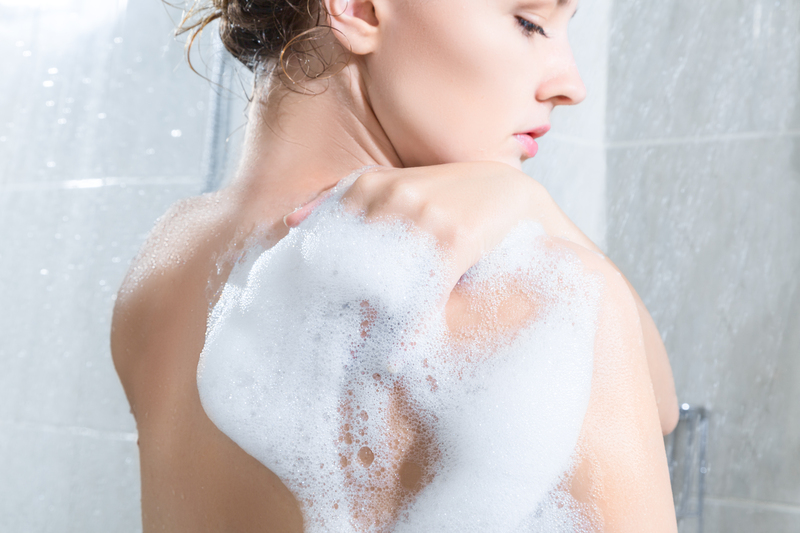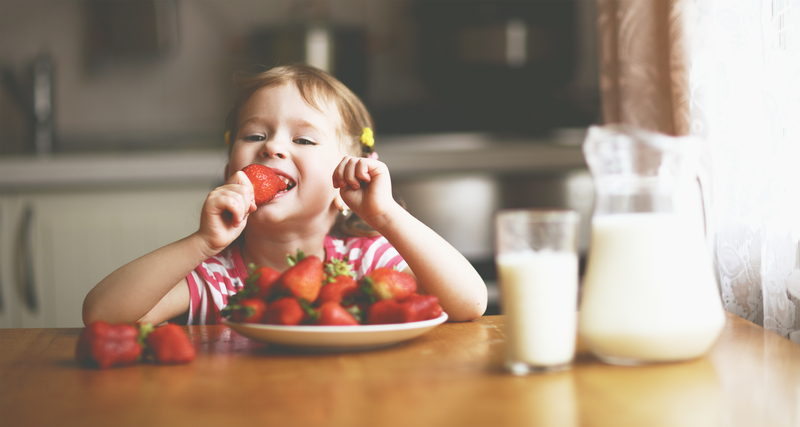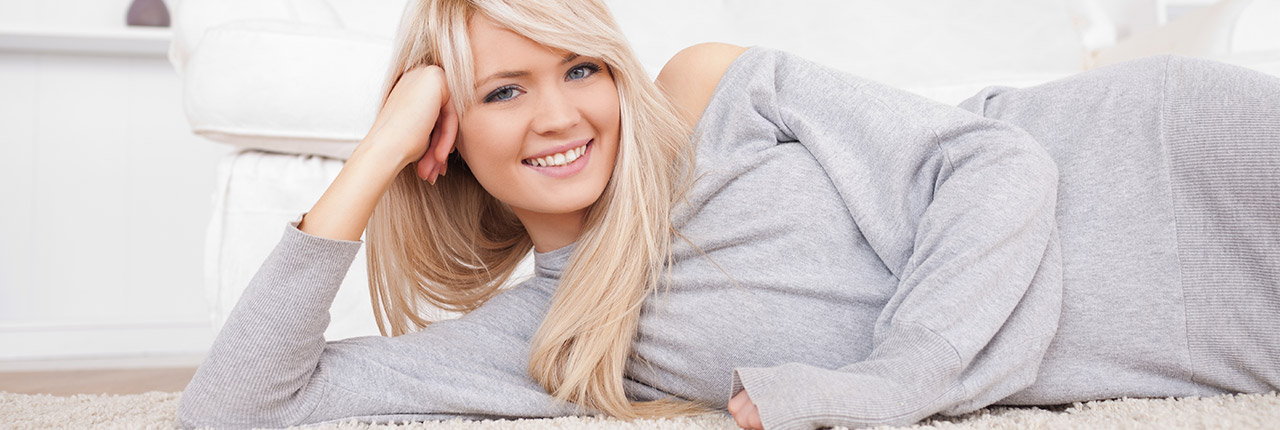Eco-Savvy Cleaning Techniques
Posted on 11/02/2025
In an age where environmental consciousness is more critical than ever, adopting eco-savvy cleaning techniques can go a long way in promoting sustainability. Traditional cleaning products often contain toxic chemicals that can harm both our health and the environment. Conversely, eco-friendly cleaning emphasizes the use of natural, non-toxic, and biodegradable materials that are kinder to Mother Earth and safer for our homes. This article provides an extensive insight into various eco-savvy cleaning techniques you can effortlessly integrate into your daily routine.
The Importance of Eco-Friendly Cleaning
Modern cleaning agents promise sparkling floors and gleaming countertops, but they often come with hidden costs. Many of these conventional cleaning products are laden with harmful chemicals such as ammonia, bleach, and phthalates. When released into the environment, these substances contribute to pollution, which can severely impact aquatic ecosystems and human health.
Moreover, exposure to these chemical-laden products can exacerbate respiratory issues, skin irritations, and allergic reactions in individuals. Thus, shifting toward eco-friendly cleaning is not merely a trend but a pressing need to foster a healthier living environment.

Essential Ingredients for Eco-Savvy Cleaning
Before diving into the actual techniques, it's crucial to understand the primary ingredients that are the backbone of eco-friendly cleaning:
- Vinegar: A natural disinfectant that can kill germs and bacteria without the need for harsh chemicals.
- Baking Soda: Excellent for scrubbing and deodorizing; perfect for removing tough stains.
- Lemon: Known for its antibacterial properties and its ability to cut through grease.
- Essential Oils: Offer both fragrance and antibacterial properties; oils like tea tree, eucalyptus, and lavender are incredibly effective.
- Castile Soap: A vegetable-based soap that can clean almost anything without the harmful effects of synthetic detergents.
Techniques for Eco-Savvy Cleaning
Multi-Purpose Cleaner
This all-purpose cleaner can be used on countertops, kitchen sinks, and bathroom surfaces. Simply mix one part water with one part vinegar in a spray bottle. Add a few drops of essential oil for fragrance and additional antibacterial benefits. Shake well before each use.
Glass Cleaner
Achieve streak-free windows and mirrors with an eco-savvy glass cleaner. Combine one part vinegar with one part water and a tablespoon of cornstarch. Spray the mixture onto glass surfaces and wipe with a microfiber cloth for a clear, streak-free shine.
Floor Cleaner
For wooden floors, mix half a cup of vinegar in a gallon of warm water and mop as usual. For tile or linoleum floors, add a few drops of castile soap to the mixture for enhanced cleaning power. Rinse with plain water if necessary.
Bathroom Cleaner
Bathrooms often harbor a lot of bacteria and mold. To keep your bathroom clean without harmful chemicals, create a scrub using equal parts of baking soda and water. Apply the paste to surfaces like the sink, tub, and tiles, scrub with a brush, and rinse off with water. For the toilet, sprinkle baking soda around the bowl, scrub, and then spray vinegar before flushing.
Dusting
Traditional dusting methods can simply disperse dust rather than removing it. Use a damp cloth or microfiber cloth to trap dust particles effectively. For added shine on wooden surfaces, you can create a natural polish by mixing two parts olive oil with one part lemon juice, applying sparingly, and buffing with a dry cloth.
Sustainable Cleaning Tools
Aside from the cleaning ingredients, the tools you use also play a pivotal role in ensuring your cleaning routine is eco-friendly. Consider the following sustainable tools:
- Microfiber Cloths: Highly effective in capturing dirt and dust. They are reusable and can be washed multiple times.
- Compostable Sponges: Made from natural fibers, these sponges are an excellent alternative to synthetic ones and break down easily after disposal.
- Bamboo Brushes: Durable and biodegradable, bamboo brushes are perfect for scrubbing tough spots.
Reducing Waste
Another crucial aspect of eco-savvy cleaning is waste reduction. Here are some tips to minimize waste:
- Buy in Bulk: Purchase cleaning ingredients like vinegar, baking soda, and castile soap in large quantities to reduce packaging waste.
- Reuse Containers: Instead of buying new spray bottles, reuse existing ones by refilling them with your homemade cleaning solutions.
- Recycle: Ensure that any plastic, glass, or metal containers you do use are recycled properly.

The Impact of Eco-Friendly Cleaning on Health and Environment
Switching to eco-savvy cleaning practices has significant benefits for both health and the environment. Natural ingredients reduce the exposure to toxic chemicals, which lowers the risk of skin irritations, respiratory issues, and other health concerns. Furthermore, eco-friendly products are often biodegradable, meaning they break down more quickly in the environment without leaving harmful residues.
Moreover, many eco-friendly products are cruelty-free and made without animal testing, making them a more ethical choice. By opting for sustainable cleaning methods, you also help reduce soil, water, and air pollution, contributing to a healthier planet overall.
Conclusion
Adopting eco-savvy cleaning techniques is a step forward in creating a more sustainable living environment. By understanding the importance of eco-friendly cleaning, leveraging essential natural ingredients, utilizing sustainable cleaning tools, and reducing waste, you can make a substantial impact on both your health and the planet. This shift not only promotes a cleaner home but also fosters a cleaner world for future generations. Embrace eco-savvy cleaning today, and take an important step toward sustainability.






